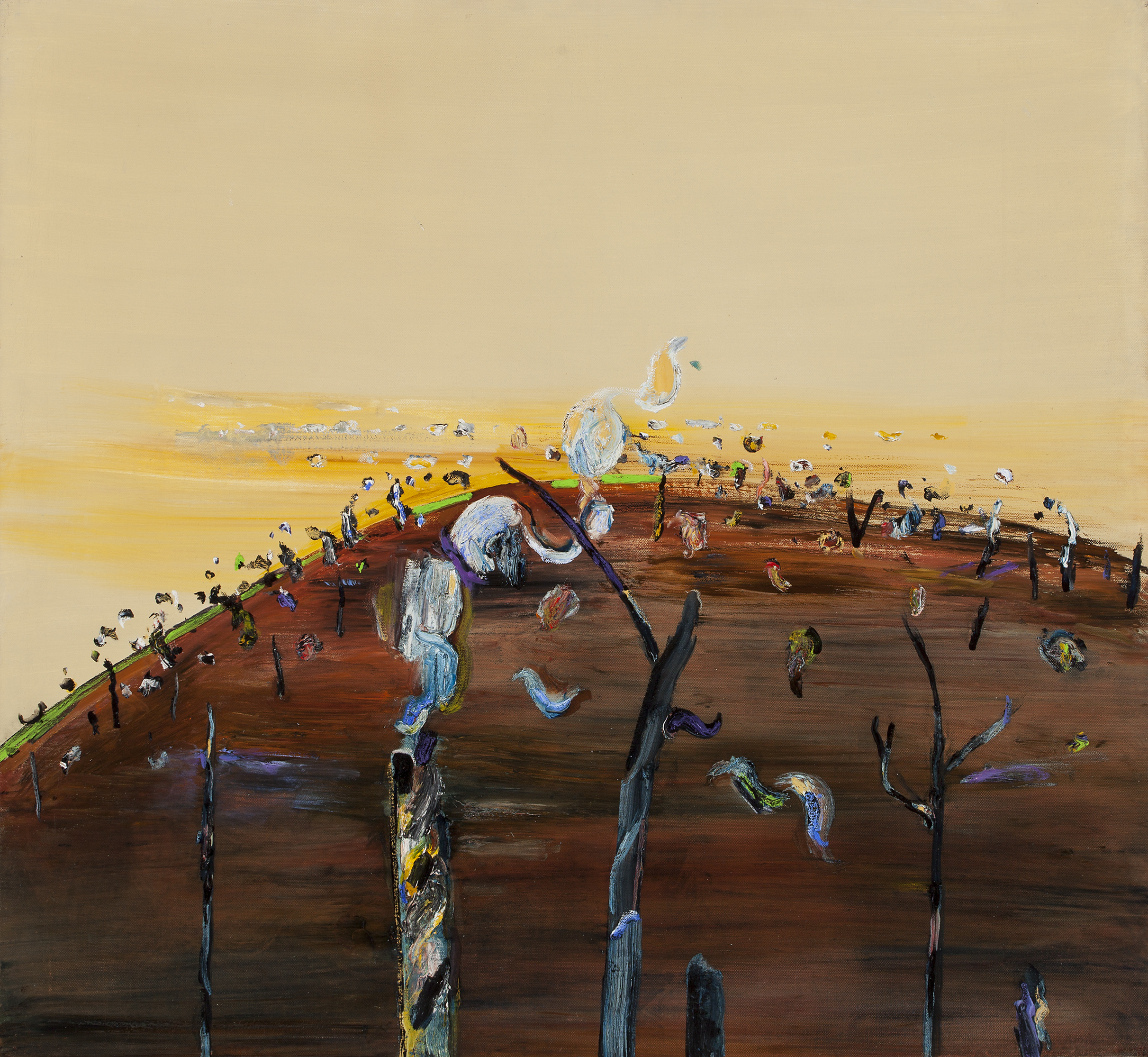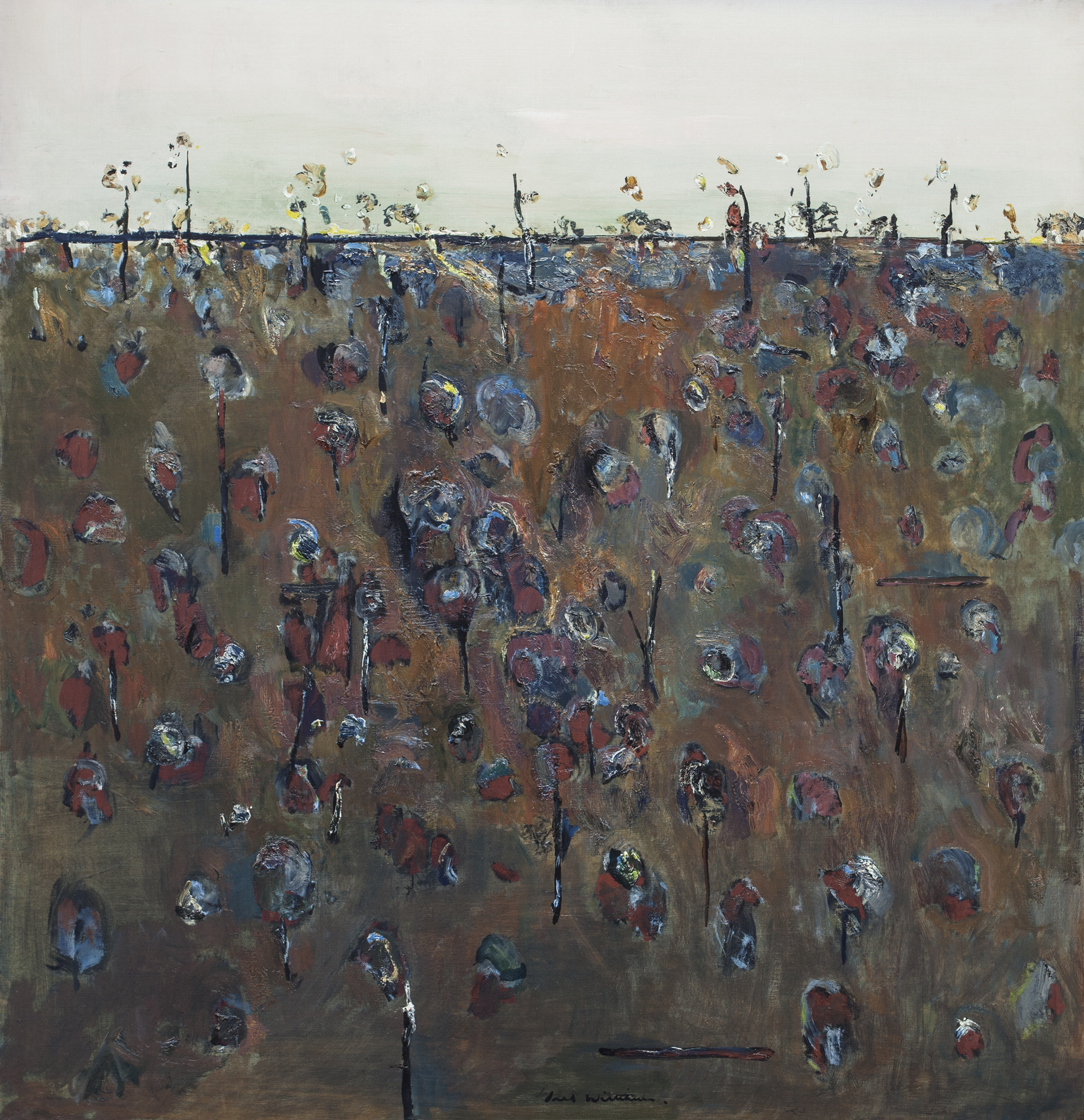“Upwey landscape reveals Fred Williams’ considerable strengths and sensitivities as a painter. This work is part of a series that Williams undertook after he moved to Upwey in the foothills of the Dandenong Ranges in 1963. Williams often liked to work in series as a way of clarifying and distilling what he was aiming for. Characteristically, Upwey landscape combines the artist’s feeling for place with his masterly control of pictorial structure that can be traced back to his interest in Paul Cézanne.” Ron Radford (ed), Collection highlights: National Gallery of Australia, National Gallery of Australia, Canberra, 2008
····· Fred Williams
····· (1927 - 1982)
One of Australian most significant artists who redefined landscape painting during his Upwey years.
Melbourne-born Fred Williams is considered one of Australia’s finest landscape painters of the twentieth century. His works mark a great departure from traditional depictions of the Australian landscape.
After winning the 1964 Helena Rubinstein Travelling Scholarship, Fred Williams visited Europe. He returned inspired by the densely painted landscapes of French nineteenth-century painter Gustave Courbet, an influence that can be seen in the generous application of paint in the foliage of this painting. Williams and his family had moved into a small house on 2 acres of land at Upwey, in the Dandenong Ranges outside of Melbourne in 1963. With his studio situated at the base of a valley, the setting became the inspiration for the high horizon line seen in this and many other paintings.
In 1977 Williams was invited to exhibit his gouaches at the Museum of Modern Art, New York. This was an opportunity for him to begin his career anew with an international audience. The show was well received and four New York dealers approached him to represent his work. He decided that this would be too difficult; he preferred to continue his painting and etching from Melbourne, managed by Komon.
Over time Williams’s paintings have benefited from his technique, the application of layers of opaque paint over transparent glazes that have changed as he planned; the oil paint and the glazes yellow a little, darken slightly and become much more transparent, creating veils of colour. He painted over these subtle coloured surfaces with marks of opaque paint that in their great variety touch two chords in viewers; they are an uncanny representation of a kind of Australian landscape Australians had never admired before he chose to paint it, and they are placed to create eye paths within the painting so that the viewer can wander visually across and through the landscape depicted in the work. These marks also meet an intellectual need as observers search for the formal structure of the painting, its construction around implied diagonal, vertical and horizontal lines.
FRED WILLIAMS, Landscape with Burning Tree II 1969, oil on canvas, 122.5 x 132.5 cm, TarraWarra Museum of Art collection, Gift of Eva Besen AO and Marc Besen AO. Donated through the Australian Government’s Cultural Gifts Program 2013. © Estate of Fred Williams. Photo: Andrew Curtis
FRED WILLIAMS, Evening Sky, Upwey 1965, oil on canvas, TarraWarra Museum of Art collection, Gift of Eva Besen AO and Marc Besen AO. Donated through the Australian Government’s Cultural Gifts Program 2013. © Estate of Fred Williams. Photo: Andrew Curtis




